-
Forbidden City & Tencent
Imagine Zhu Yuanzhang, the emperor of Ming Dynasty, come to life from an ancient painting and start singing rap, taking funny selfies and posting on his WeChat Moments.
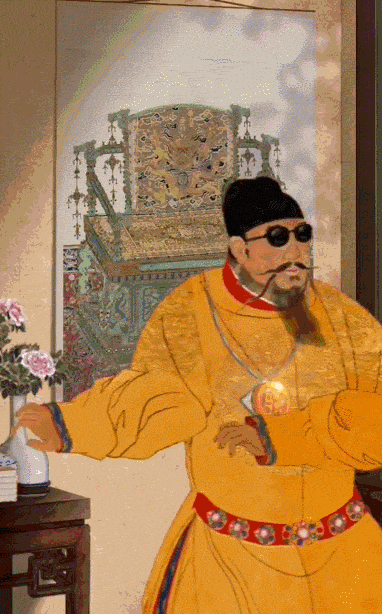
This is a campaign launched by Forbidden city in collaboration with Tencent team to promote Next Idea, a creativity competition. It went viral on WeChat hours after its launch. The QQ emoji mentioned during the campaign hit 800 million downloads within just two days.
Why such a big hit?
Besides the creative combination of modern and ancient art and the catchy music, the campaign has a clear structure. It targets the right audience. It also has a clear call to action. Emperor Zhu takes the audience through several features of WeChat (WeChat Moments, short video and WeChat Moments) and QQ (QQ emojis, QQ mail, video feature).
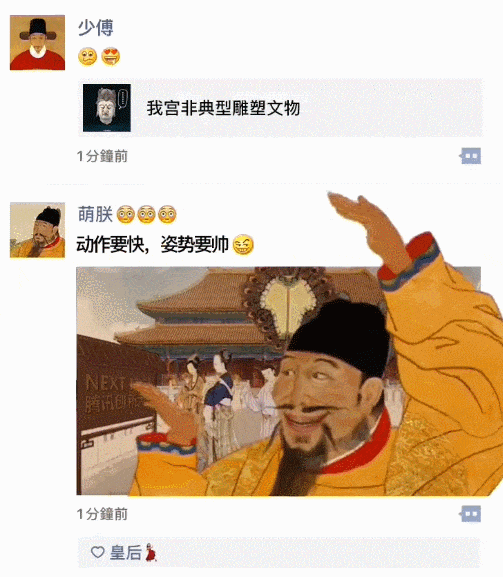
The call to action takes users to the Next Idea website. The campaign also has a clear target of a young and creative crowd: game developers, smart hardware designers, emoji artists, dancers, graphic designers and even cartoon artists.
Scan to view the Forbidden City campaign

Besides this memorable WeChat campaign, the Forbidden City has also done a great job at attracting a young audience on Weibo. It posts pictures that users can use as background screens.
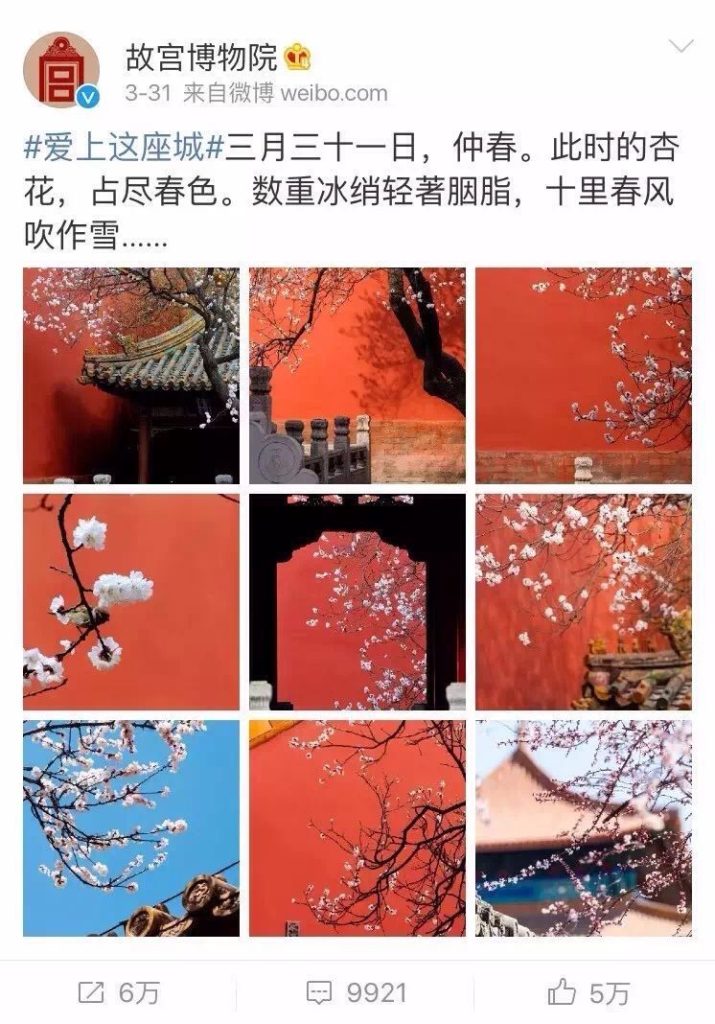
It also posts combinations of paintings with contemporary art and funny comments.
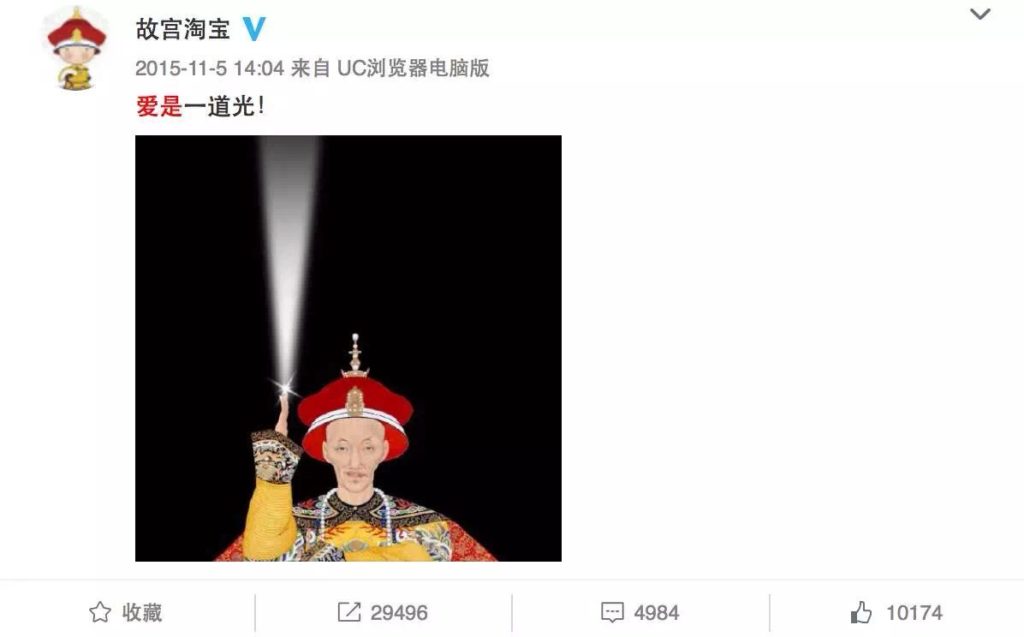
2. Fenda
Fenda is a WeChat-based Q&A platform. 24 days after its launch in the middle of May, it had finished its series A funding round with a 100 million valuation.
Using Fenda, you can answer a questions raised by your WeChat friends and earn money. The campaign was kicked off with online celebrities, investors and other experts to answer questions about anything within 60 seconds. And since anyone can be and expert of something, the campaign soon spread at an incredible rate. It was joined by a lot of doctors, teachers and scientists.
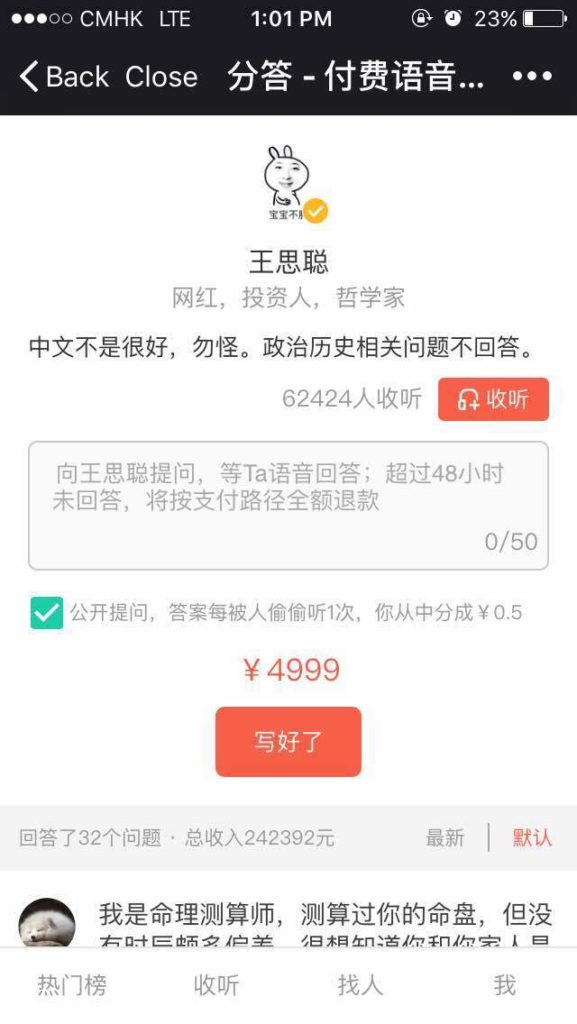
Wang Sicong, the son of the richest man in China, made 260,000 RMB by answering 32 questions, including this one: “Is there anything you cannot afford as the son of the richest man in Asia?”
Scan to view Fenda Q&A Platform

3. BMW
The BMW M2 campaign went viral for a couple of reasons.
- This is a great example of “click-bait” title and thumbnail picture. The articles starts with “this news has just been deleted by BMW” with a classic WeChat warning sign after an article is censored. That’s enough to drive the users to click on Read More to see the campaign. The campaign reached 100,000 page view after 2 hours of launch thanks to this attractive title.
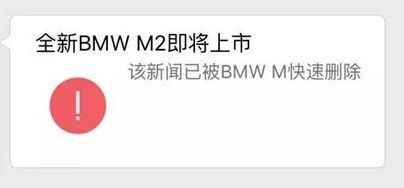 2. The campaign starts from a H5 copying the design of a WeChat article. The article is torn-off to give way to an exciting video presenting the latest BMW model. BMW is here using a now classic technique of creating a “fake” article and surprising the user by revealing an H5. The key is however in the outstanding design of the overall campaign which takes the user smoothly from the first click to the final action call.
2. The campaign starts from a H5 copying the design of a WeChat article. The article is torn-off to give way to an exciting video presenting the latest BMW model. BMW is here using a now classic technique of creating a “fake” article and surprising the user by revealing an H5. The key is however in the outstanding design of the overall campaign which takes the user smoothly from the first click to the final action call.
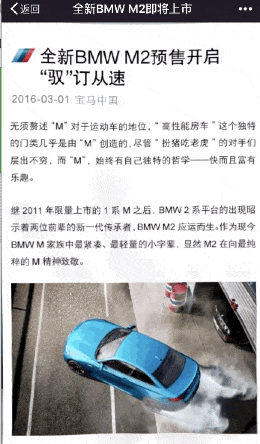
Scan to view this BMW campaign

4. Douban
Douban is a review based social network. This Douban’s first ad campaign since its launch in 2005. The campaign was created by creative agency W. It’s unique since it does not follow any of the conventional H5 rules. It is a puzzle game which requires users to click on almost everything on the screen to access the next round.
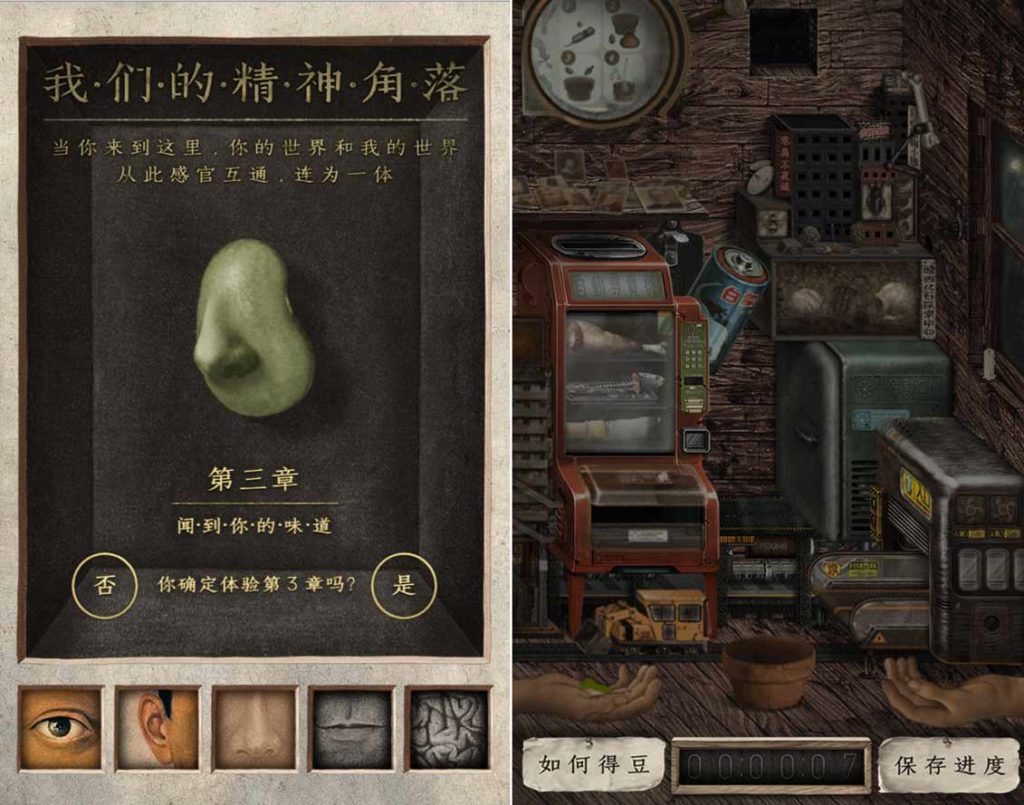
This might be the first ever WeChat H5 campaign that:
- Requires users to click that many times in order to get to the “download App” page
- Has 5 levels of separate puzzles that users have to pass through
The unique setting of the campaign is especially appealing to Douban users since a large group of the users are book lovers who love to solve puzzles.
Scan this to play on phone
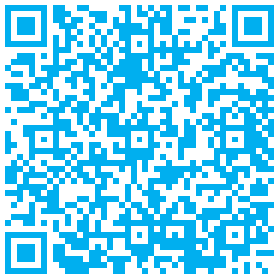
Or click here to play on desktop
5. WeChat campaign
Tencent launched a viral campaign at the beginning of the year. After a simple WeChat login, each user could get a list of data points about their own WeChat account. For example:
- User’s first WeChat friend
- How many WeChat red envelope has a user send and received
- The city user visited the most during last year
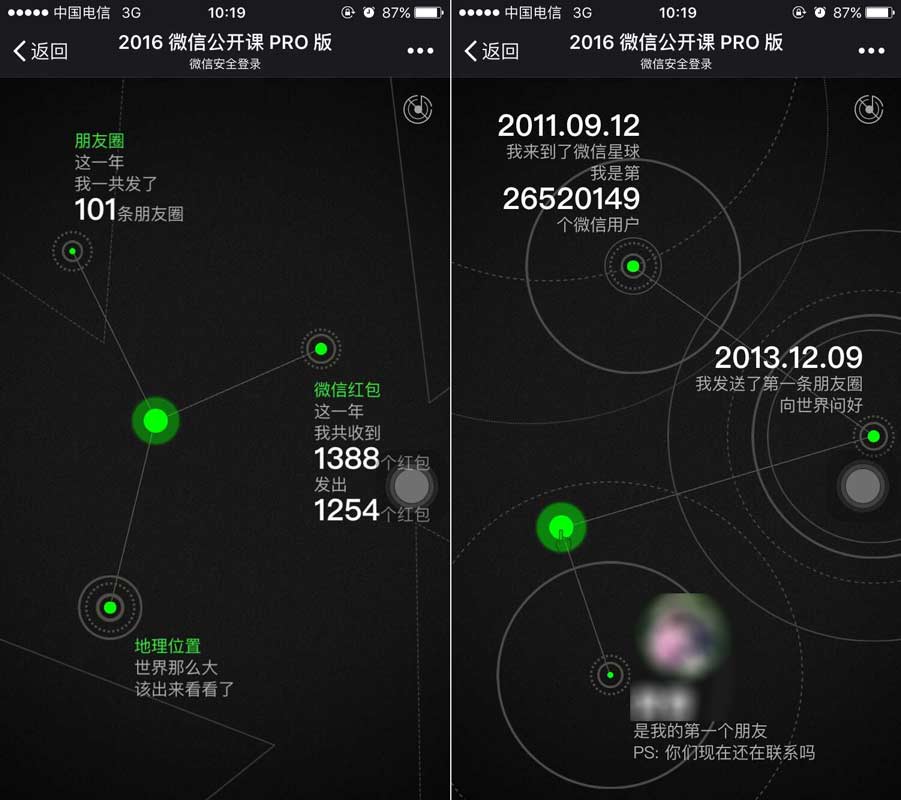
This campaign was so popular that it went viral even before the official release: a beta version of the campaign got leaked from WeChat internal team and soon was spread all over WeChat Moments.
The key take away from this campaign is WeChat users love a personal customized campaign, they love data, and they also love to show off on WeChat Moments. Brands could combine these elements to engineer the next viral campaign.
Didi city guide
Ever since Tencent established stricter rules for WeChat H5, the current H5 campaigns are a lot more focused on storytelling. This Didi’s campaign starts out to tell a story of a urban life: long working days, routing work, and crowded city life.
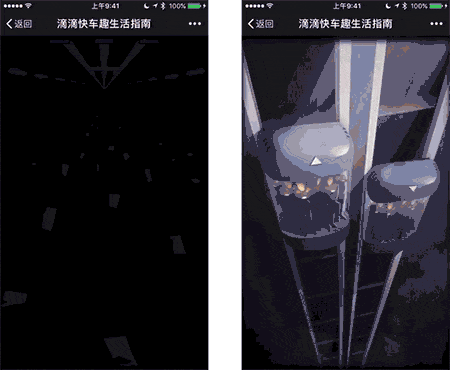
Didi sets the tone of the story as dark and suppressed in order to relate to its users, usually the middle class workers who, overworked, had to hail cabs to get home. The artistic/comic like story telling begging is the biggest highlight of the campaign.
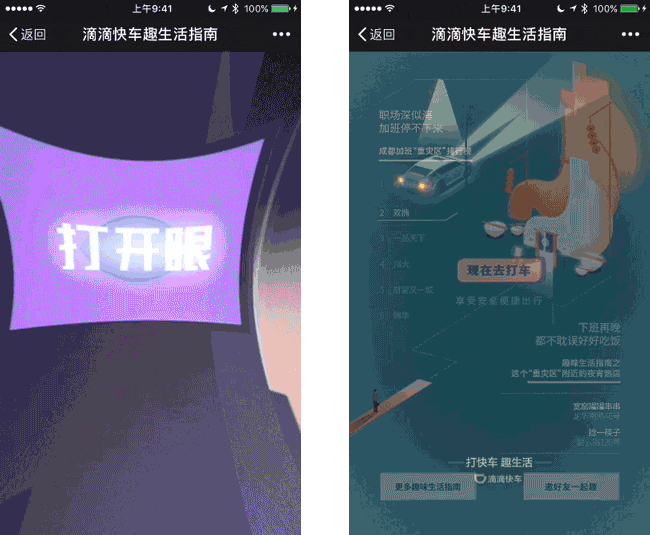
The campaign ends with a guide for restaurants, movies and nightlife places for several top cities, urging viewers to take a Didi and start exploring the world.
Why it works:
- Great design
- Good match between the story and target users
- Practical guide with a select number of destinations
What could be improved:
- It’s unlikely users will actually act on the call to action
Campaign QR code:
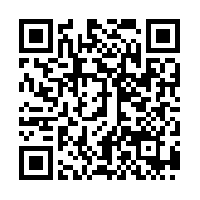
Buick comicbook storytelling
The car company Buick set up a powerful and beautiful campaign enabling users to play an “escape game”. A secret agent gets captured by a gang. It’s up to you to re-order and select actions which will enable him to escape.
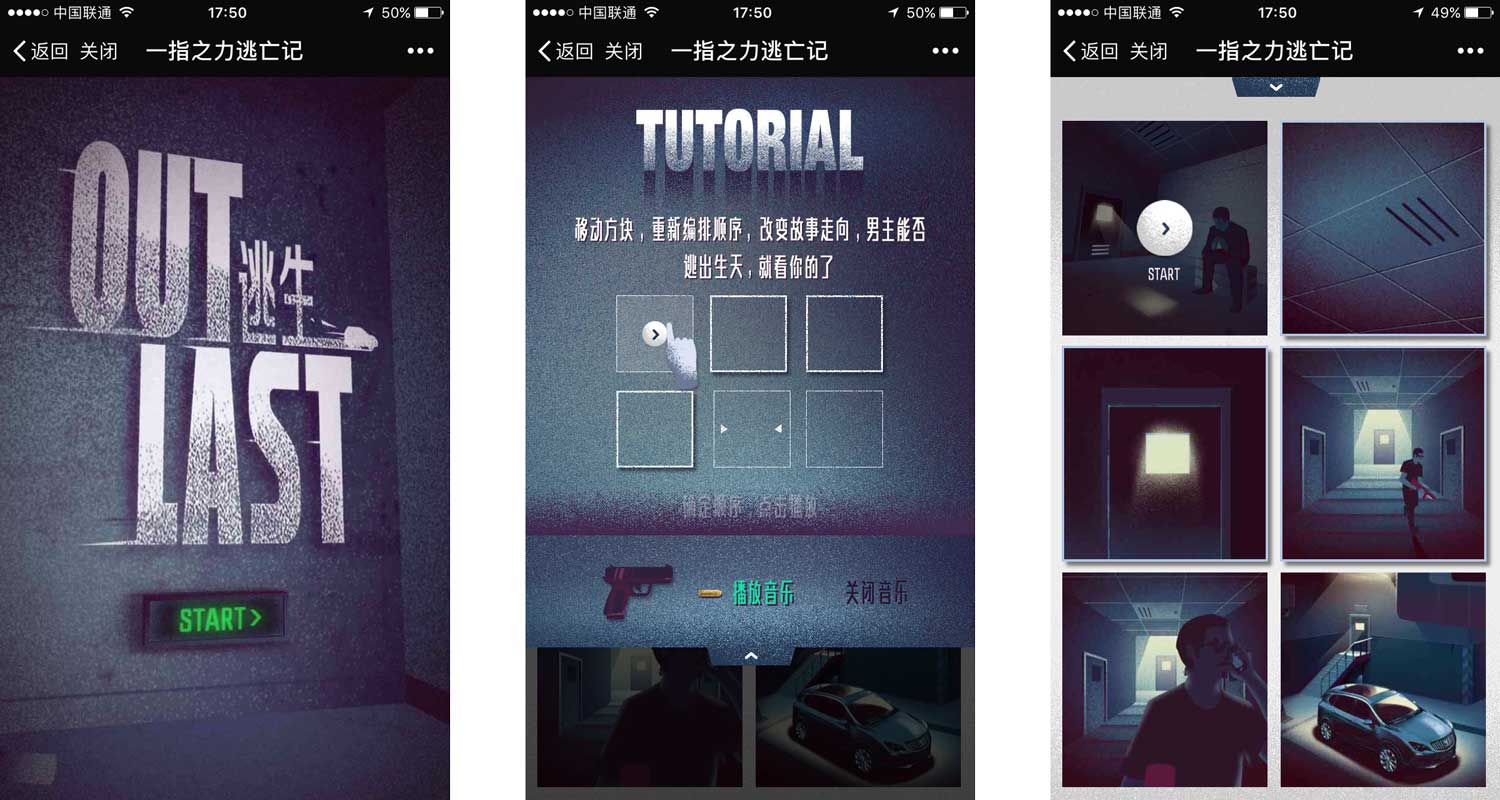
The graphics of the story are beautiful, but most importantly: the Buick’s car plays a prominent part in it: the secret agent uses it to escape… before finally leaving it behind and escaping in an helicopter (not manufactured by Buick)
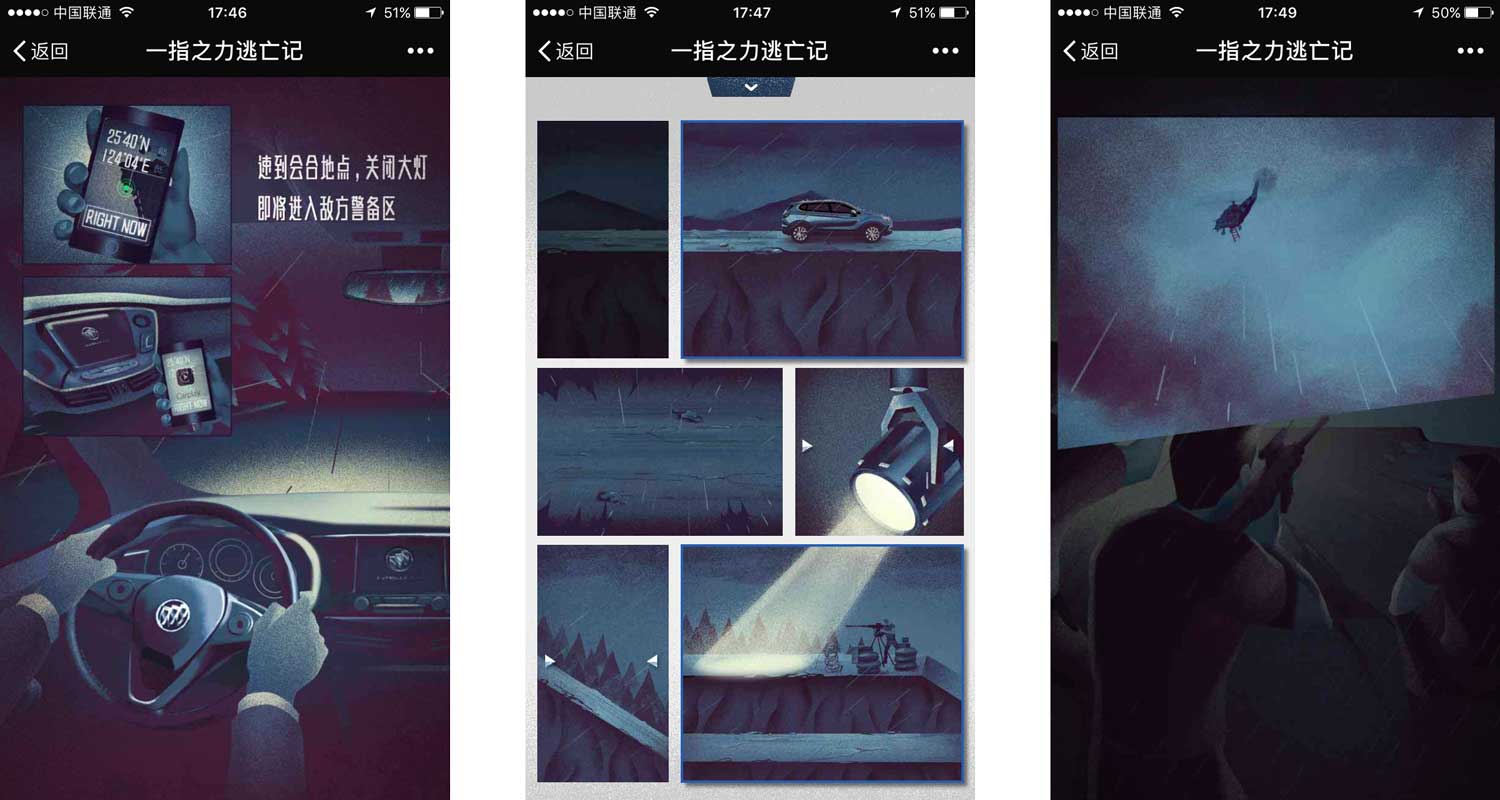
The story ends up with an invitation to join a test drive for the latest model: a simple action call at the end of a well-crafted WeChat campaign.
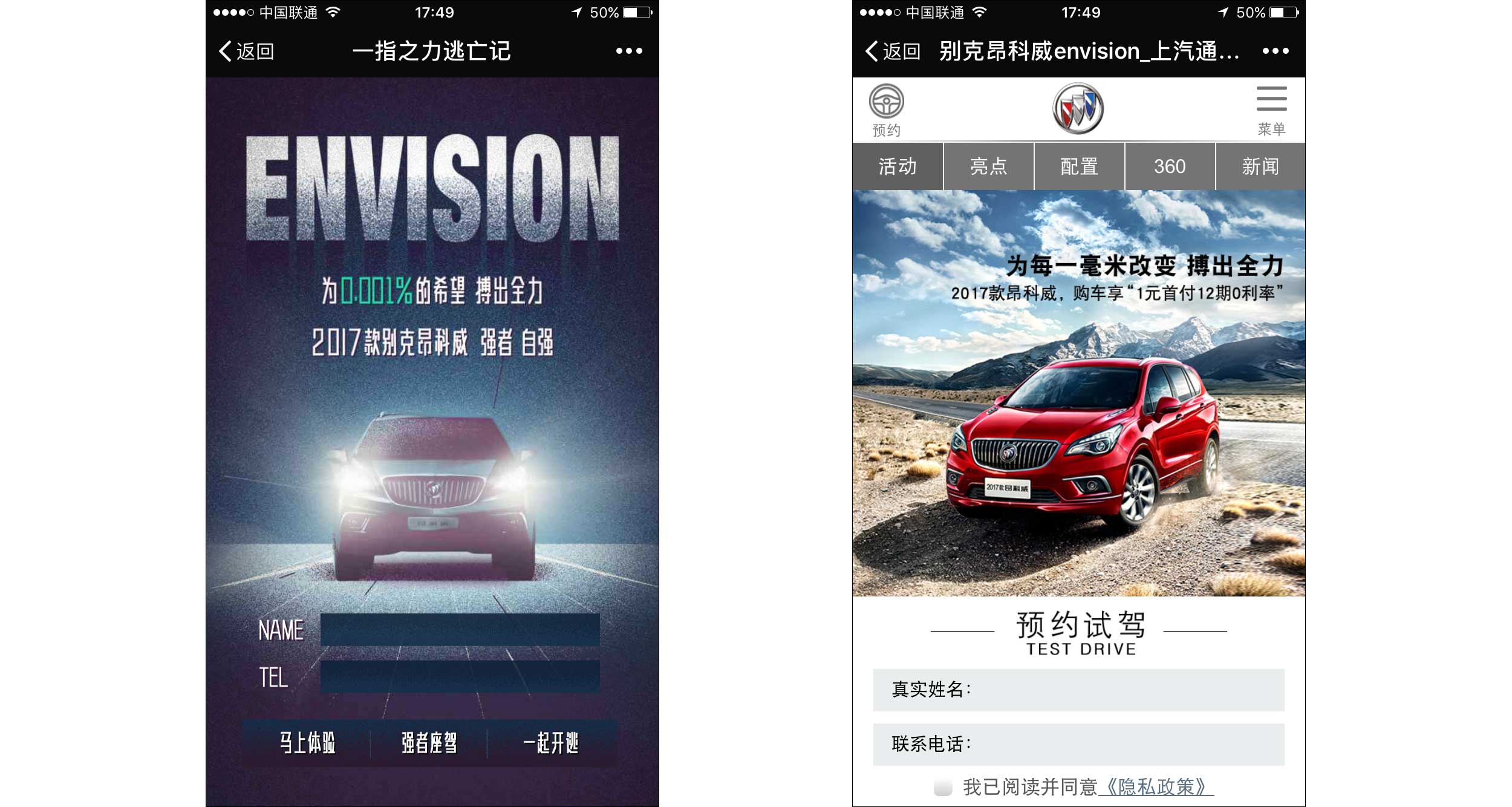
Why it works:
- Great design
- The product is well embedded inside the campaign
- The concept of the game is very original
- Very clear and actionable call to action
What could be improved:
- The game can be a bit complex to understand sometimes and take a lot of time to go thorugh
Campaign QR code:
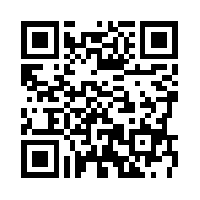
Zhinuo: Sound of a city
Zhinuo, a Chinese electric car brand, launched a quiz campaign to let users guess which city does a sound belong to.
For example, it plays a party at the Peking opera as the sound of Beijing; The “Bee-bee-bee-bee” sound of a QQ message represents Shenzhen; and the sound of people playing Mahjong represents Chengdu.
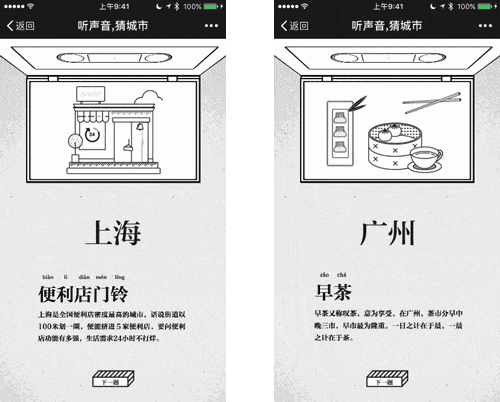
This campaign uses sound to engage uses. The car company also wants to emphasize that electric cars can provide drivers with a quieter environment to enjoy the sound of their city.
Why it works:
- Very original concept
- Connects with people on a more personal/emotional level through sounds and cities
- Not heavily branded
What could be improved:
- The connexion with the brand might actually be too subtle
Campaign QR code:
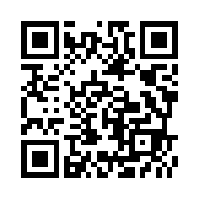
Pepsi fire work campaign
Pepsi made a personalized holiday greeting campaign this Chinese new year.
By typing your name, you would be able to get a personalized firework to greet family and friends for the Chinese New Year.
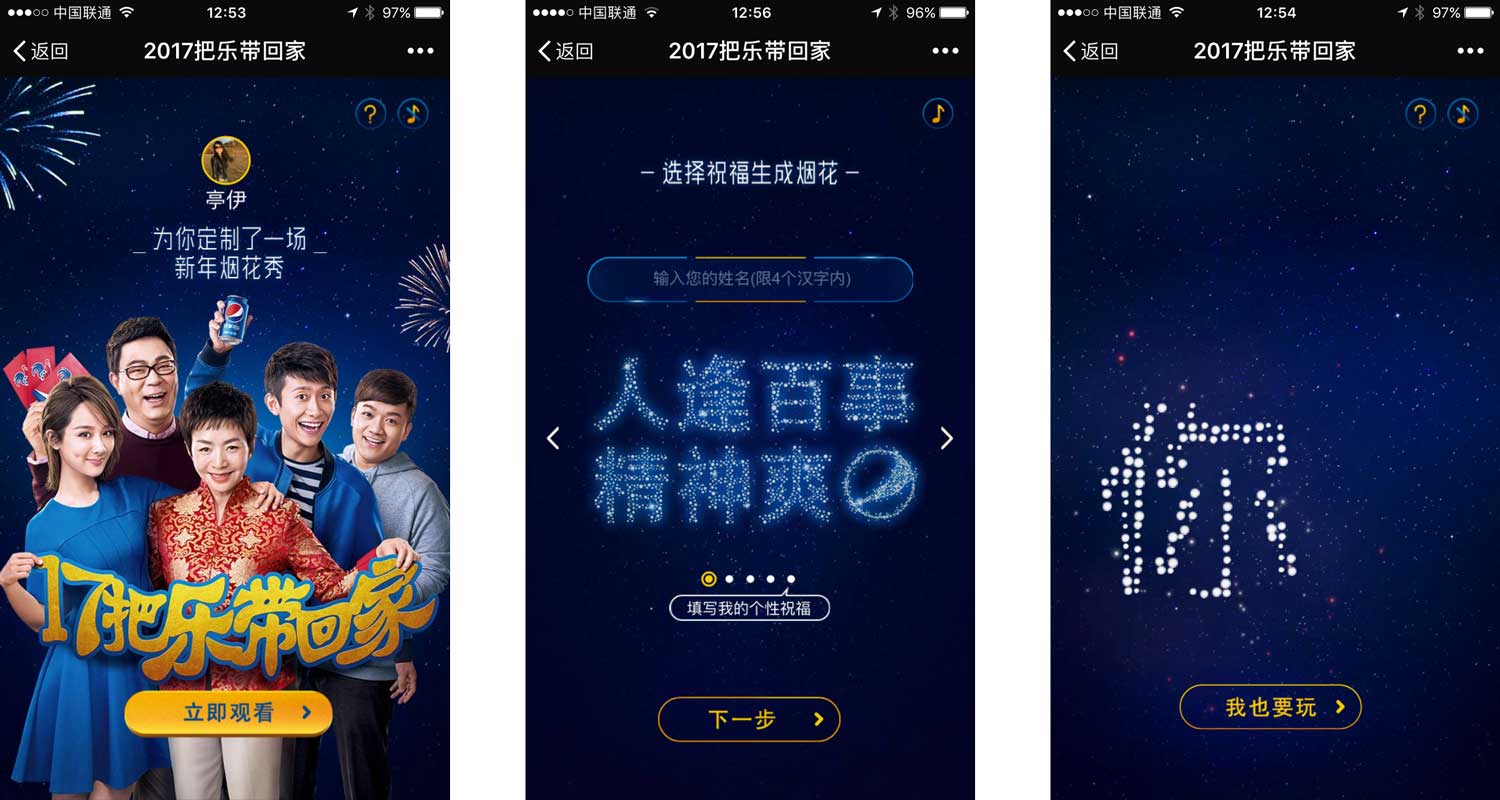
The campaign is beautiful in its technical execution and design, and provides a very useful tool to send out greetings.
Why it works:
- Very beautiful technical mastery from the H5 makers
- Can be used in a practical setting to send out greetings
- Naturally entices users to share it
What could be improved:
- Many clicks are necessary to get started with the campaign
- As usual with Pepsi, it is VERY heavily branded, thus reducing users likelihood of sharing the campaign
Campaign QR code:
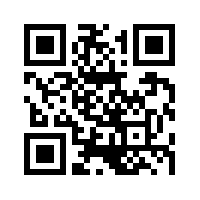
The classic H5 game
H5 games have had their best days a couple years ago. But they are not to be discounted just yet: great design, simple concepts and soft branding can enable some H5 games to stand out even in 2017.
This simple “Flash-style” Chinese New Year game challenges you to score as much points as possible by helping a chicken jump from platforms to platforms. Basic principle, but extremely addictive.
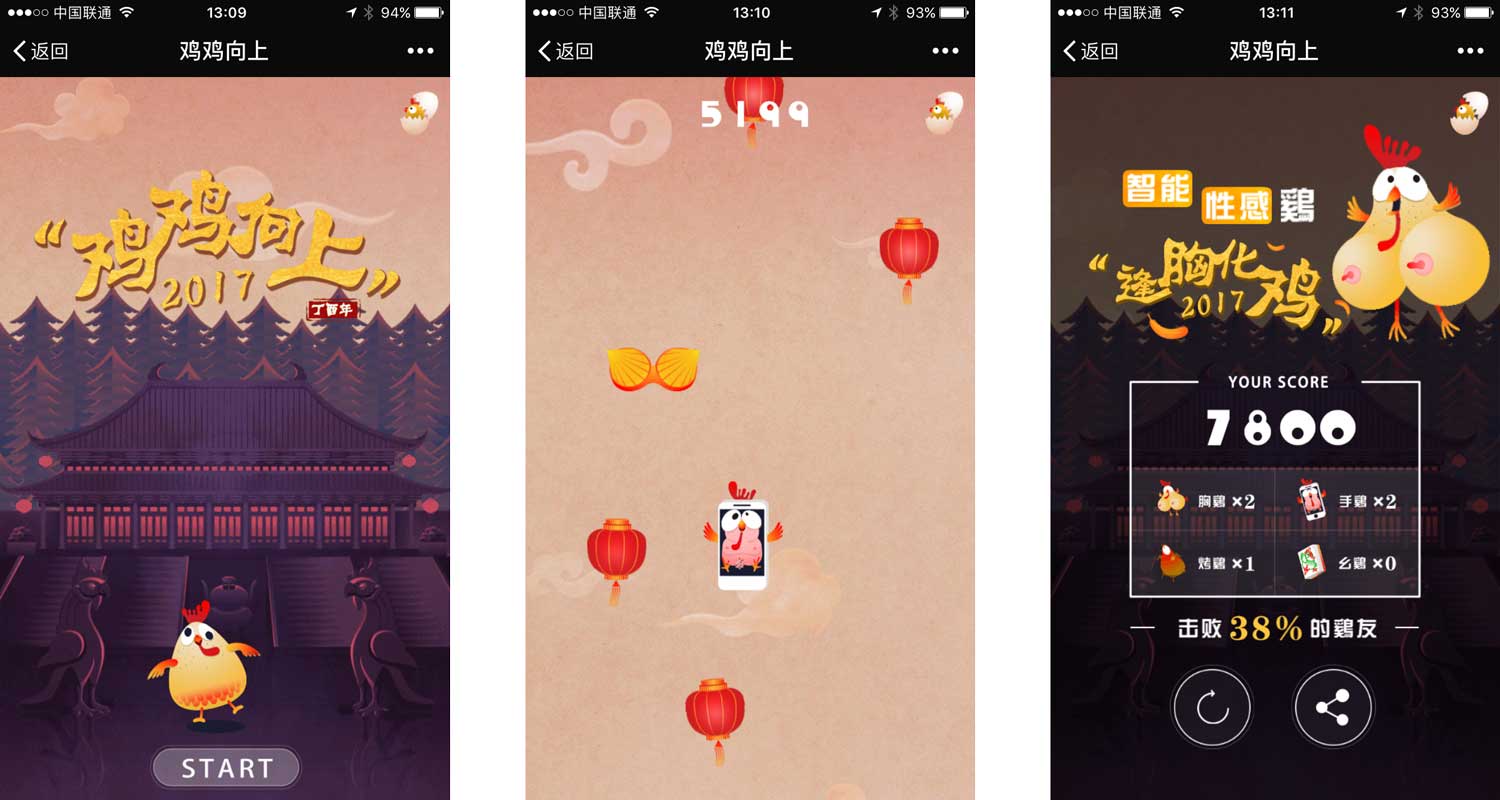
Because so many brands have been “spamming” WeChat with heavily branded H5 games, current popular games tend to be very soft on branding. Development agency Zigma just shows a very subtle logo while the game is charging, and then focus on the user experience.
Why it works:
- Great design and smoothness
- Variations on a classic game with a lot of “fun” additions (if you use a “hand” platform the chicken turns into a mobile phone, etc.)
- Very low level of branding
What could be improved:
- Sometimes, too little branding is an issue… it is almost impossible to track down the makes of the game!
Campaign QR code:

Conclusion
2017 will sure be the stage for a lot of interesting innovation in the space of WeChat H5 campaigns. As was to be expected, there is an increasing focus on powerful storytelling, amazing design and original concepts. The lifetime of new concepts is getting shorter and shorter as users get used to them and want to see new ideas come up.
